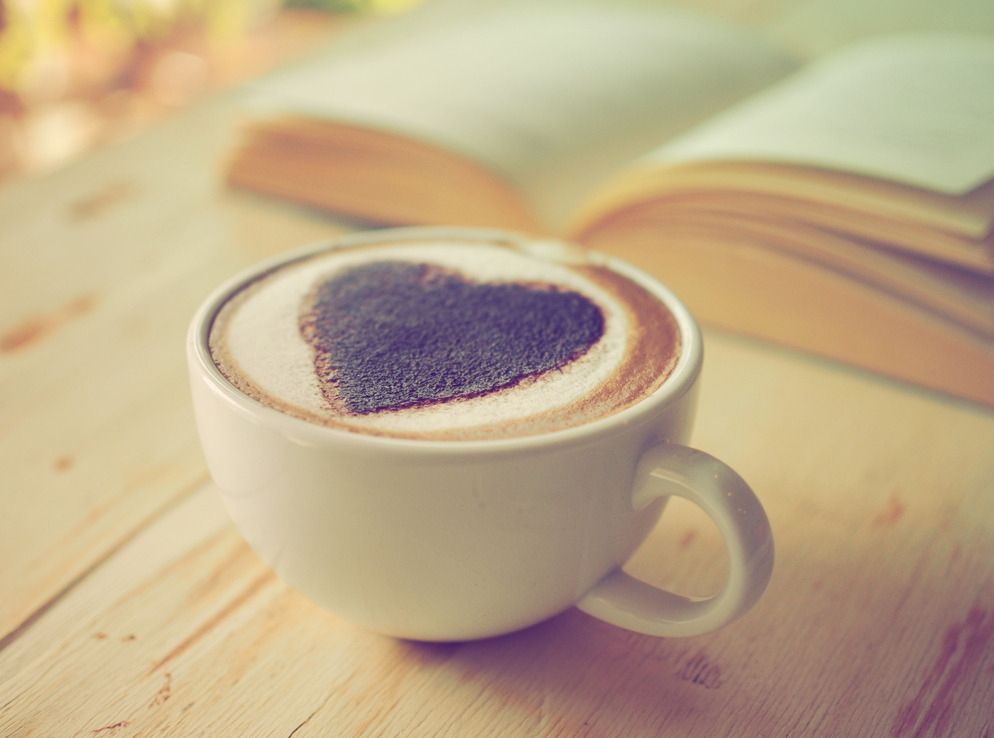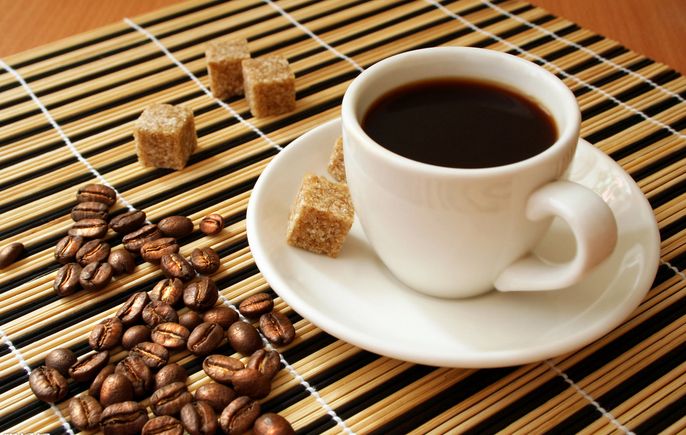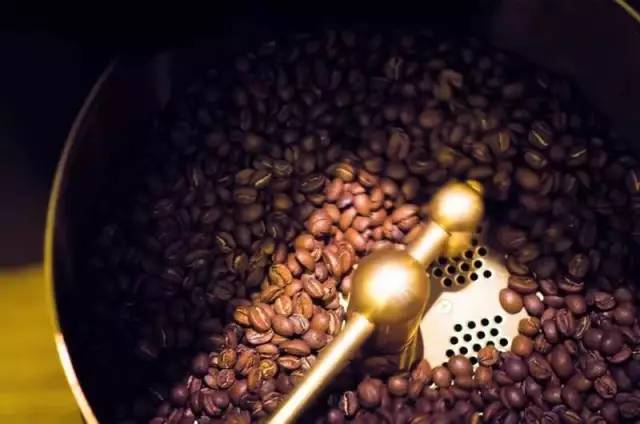Tips for buying coffee beans
Follow the caf é (Wechat official account vdailycom) and found that Beautiful Cafe opened a small shop of its own.
Many people like to drink coffee, on the one hand, coffee can refresh, on the other hand, the taste of coffee is very fragrant. Even many people like to grind coffee with coffee beans. So how should we buy coffee when buying coffee beans? The editor will talk about the method of choosing and buying coffee.
-- buying coffee beans
Friends who know about coffee must know that the freshness of coffee beans is the most important factor affecting the brewing quality of coffee, because the activity of coffee beans is hidden in its smell. Fresh coffee beans, like a can full of bubbles and full of taste, can smell a vibrant and pleasant aroma as soon as the bag is opened.
Smell
First of all, we should put the coffee beans close to the nose, and then take a deep breath to see if you can clearly smell the aroma of the coffee beans. If so, it means the coffee beans are fresh enough. On the contrary, if the aroma is weak, or has begun to appear greasy, it means that the coffee beans are not fresh at all.
Look.
We can check the shape of the coffee beans, fresh and good coffee beans round shape, big fat beans, with luster, on the contrary, broken, different shapes.

Peel off
Take a coffee bean and try to peel it off by hand. if the coffee bean is fresh enough, it should be easy to pluck away, and it will have a crisp sound and feeling. If the coffee beans are not fresh, you will find that you have to work hard to get rid of a bean.
Pressure
Before buying, put a bean in your mouth or hand and gently press it. The fresh bean has a crisp texture and a light, fragrant sound when it opens. Tips for buying coffee beans
Pinch
It is best to squeeze it with your hands and feel whether it is solid, rather than buying coffee with a crispy shell.
Chew
When shopping, it is best to take one or two coffee beans in the mouth to chew, to clear sound (indicating that the coffee has not been damp), teeth and cheeks to stay fragrant is the top grade. The expert in the purity of coffee beans is not to look at the size of the particles, but to grab a handful of individual coffee beans, about dozens of them, to see whether the color of each coffee bean is the same, whether the grain size and shape are similar, so as to avoid buying shoddy products disguised as mixed beans. But if it is a comprehensive bean, size, color is different is a normal phenomenon.
Important Notice :
前街咖啡 FrontStreet Coffee has moved to new addredd:
FrontStreet Coffee Address: 315,Donghua East Road,GuangZhou
Tel:020 38364473
- Prev

What is the flavor of Taiwanese coffee?
What is the flavor of Taiwanese coffee? We asked the owners of "Fika Fika Cafe", "Sengao Sesame Coffee", "in Hongben Shop" and "Goodman Roaster" who love Taiwanese coffee, and they all mentioned a key word: tea. In recent years, high-density cafes and excellent coffee talents have made the world remember the name of Taiwan, cup testing, baking beans, coffee masters, bags.
- Next

Talking about the effect of roasting on malt and coffee
Following Ka Pin (Wechat official account vdailycom) found that the wine in Beautiful Cafe opened its own shop called liquid bread, mainly because beer is rich in nutrients, rich in various amino acids and vitamins, and has certain calories, this is because ethanol, sugars and amino acids in beer are all high-calorie ingredients. But you've tasted something that tastes like solid bread.
Related
- Beginners will see the "Coffee pull flower" guide!
- What is the difference between ice blog purified milk and ordinary milk coffee?
- Why is the Philippines the largest producer of crops in Liberia?
- For coffee extraction, should the fine powder be retained?
- How does extracted espresso fill pressed powder? How much strength does it take to press the powder?
- How to make jasmine cold extract coffee? Is the jasmine + latte good?
- Will this little toy really make the coffee taste better? How does Lily Drip affect coffee extraction?
- Will the action of slapping the filter cup also affect coffee extraction?
- What's the difference between powder-to-water ratio and powder-to-liquid ratio?
- What is the Ethiopian local species? What does it have to do with Heirloom native species?

